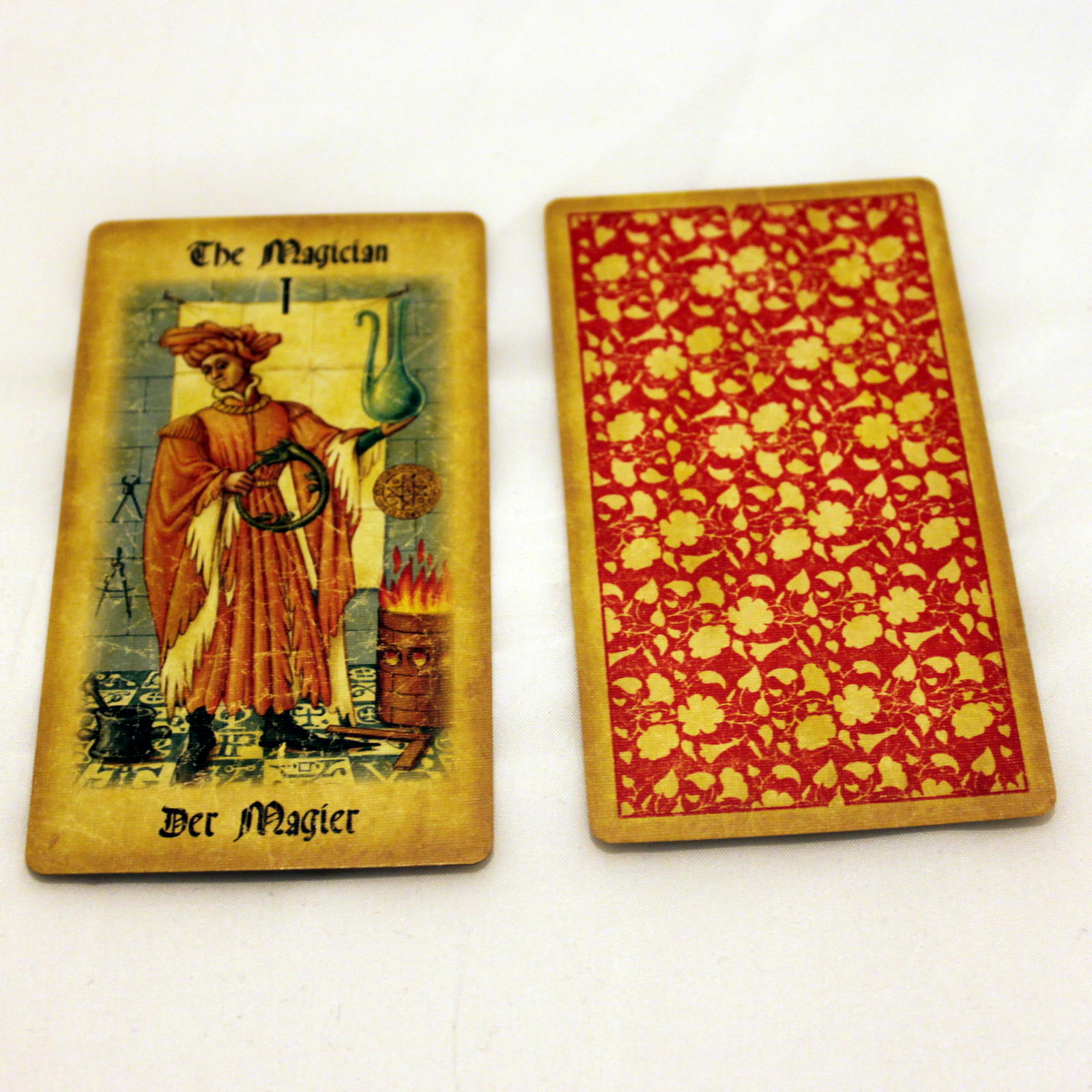

Gambling, then, acted as one of the few real means of upward mobility, with both real consequences and hard limits. “It shows a good grasp of the period, because that’s what folks at the time were saying,” Dr. Gambling really did act as a bridge between classes.

It is undeniably exaggerated, but the whirlwind story is based on some social truth. As Comte attempts to get to the bottom of a scandal known as 12 Bottles of Milk, he chains his social connections together to eventually reach King Louis XV. The structure of the game is a kind of social maneuvering.

Protagonist Eugene (though his chosen name can be different) and the real-life figure Comte de Saint Germain take a tour throughout France and play cards with kings, sea captains, pirates, peasants and thieves. One of the first things that struck me about Card Shark was how it depicted card playing as something almost everyone in every class of society does. Spoilers for the entirety of Card Shark follow. I took several classes from him and also TAed for him in undergrad. We had a fascinating conversation, which I’ve summarized, quoted, and put into context below.įull disclosure: Dr. I thought he would be a perfect person to ask about Card Shark’s depiction of gambling and social drama. Call has primarily written about French playwright Molière, but also has taught classes about videogames and studied the cultural role of card games in historical France. That feeling only deepened as I interviewed Professor Michael Call, a specialist in Early Modern French Humanities. It’s funny and tragic, tricky to learn and rewarding to master, and shows off a light, deft hand towards its more literary aspirations. Asking players to perform real-world card tricks with a controller, it’s a whirlwind tour of fictionalized card tables in 18th century France. Card Shark immediately charmed me when I played its demo at LudoNarraCon, and finishing it revealed what will likely be one of my favorite games of the year.


 0 kommentar(er)
0 kommentar(er)
